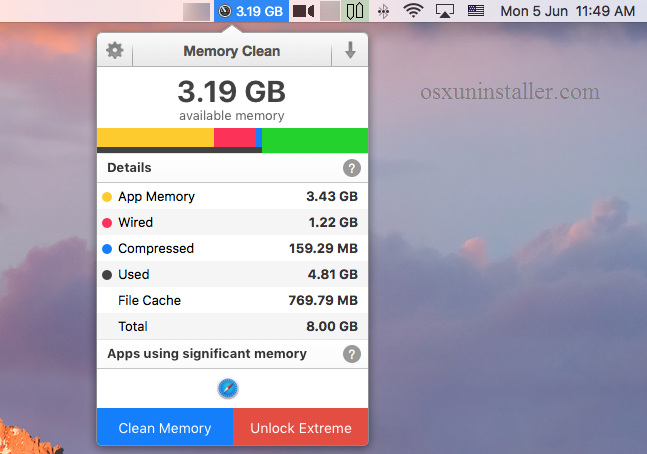
About the distinction between working and short-term memory. You can learn more about how we ensure our content is accurate and current by reading our editorial policy. We link primary sources - including studies, scientific references, and statistics - within each article and also list them in the resources section at the bottom of our articles.

Medical News Today has strict sourcing guidelines and draws only from peer-reviewed studies, academic research institutions, and medical journals and associations. The brain is not a camera and cannot perfectly record information. There is no scientific evidence anyone has a so-called photographic memory. Others may practice memory skills to become better at memorizing information or recalling strings of words or numbers. People with hyperthymesia, an extraordinarily rare condition, may remember all or most autobiographical memories.

Some people have unusually good memories. In one 2015 study, researchers were able in just a few hours to convince innocent people they had committed serious crimes, such as assault with a weapon, in their teenage years. Numerous studies suggest that memories are not reliable, even when a person remembers something very clearly. The brain does not record memories perfectly, so memories may change or disappear with time. However, the quality of memories and their details may vary and change with time. In theory, there is no specific limit on the capacity of long-term memory. The brain is not a computer, and memories do not take up physical space. Some people could increase their short-term memory capacity with practice. With short-term memory, there is usually a specific limit on how much information a person can retain - usually about seven items. This is because these types of memories only last for a short period. Working, sensory, and short-term memory have smaller capacities. Priming occurs when experiences influence a person’s behavior.įor example, a smoker might crave a cigarette after a meal, or an experimenter might train a person to press a button in response to a photo.Ĭlassical and operant conditioning both prime people or animals to perform specific behaviors in response to certain experiences. Procedural memory helps a person perform familiar tasks, such as walking or driving.Īt first, they might have to learn to do these things and remember specific skills, but eventually, these tasks become an automatic part of procedural memory. Some types of this memory include the following. However, people do not consciously think about them. Implicit memories are memories that influence a person’s behavior. However, it would be an episodic memory if the person can remember dissecting a pig heart in school. A person may remember a fact or event that they did not experience because they learned or studied it.įor instance, knowing what the human heart looks like is an example of semantic memory. Semantic memories are general knowledge about the world. Examples of episodic memory include remembering an election, events from childhood, and personal facts, such as if someone is married. These are memories of events or autobiographical facts.

Some types of explicit long-term memory include the following.

Explicit long-term memoryĮxplicit memories are conscious memories of events, autobiographical facts, or things a person learns. Many researchers divide long-term memory into two subcategories: implicit and explicit. Most memories that people recall, especially those older than about 30 seconds, are part of long-term memory. Long-term memory stores a wide range of memories and experiences.


 0 kommentar(er)
0 kommentar(er)
